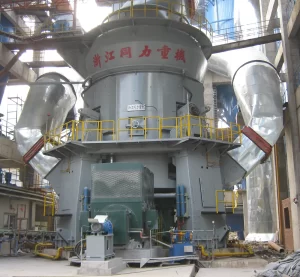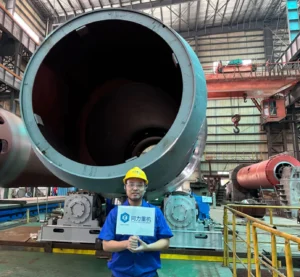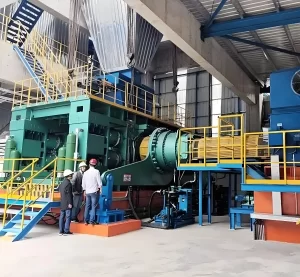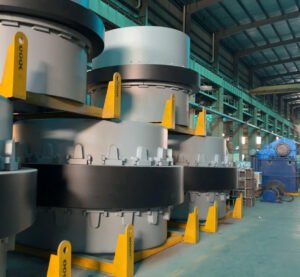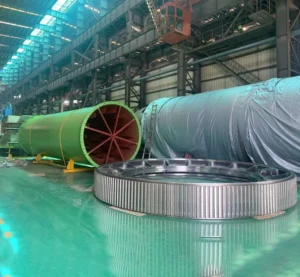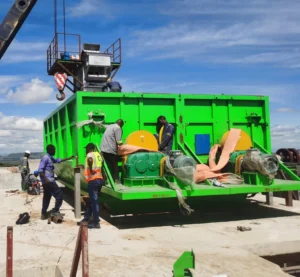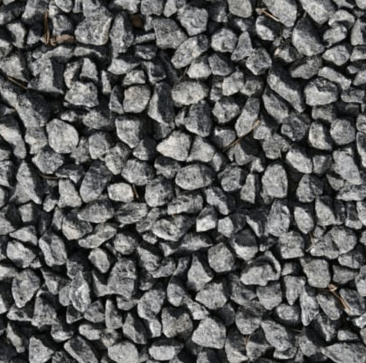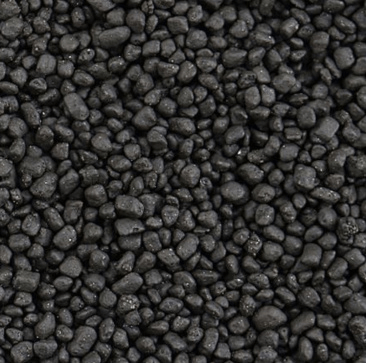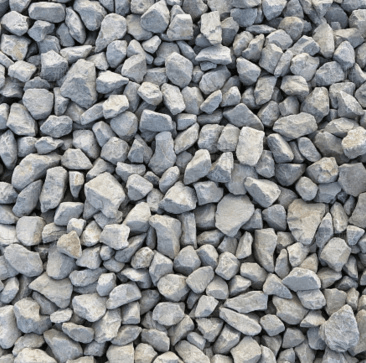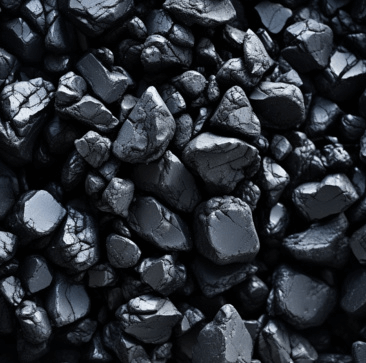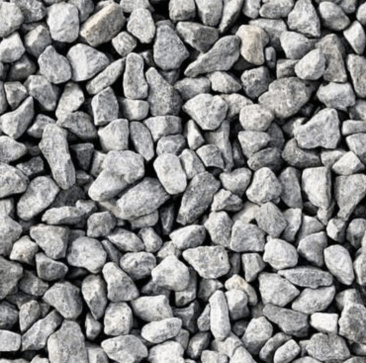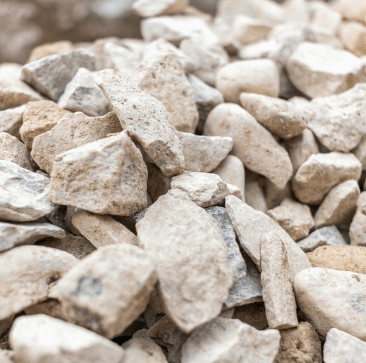-
1. What are the key components of Tongli’s dust removal system for compound fertilizer production?
The key components of the dust removal system for compound fertilizer production include bag dust collectors, cyclone dust collectors, fans, dust removal ducts and FRP chimneys. These components work together to ensure that dust emissions during the production process meet environmental protection requirements and improve air quality.
Bag dust collectors are one of the core equipment. Their working principle is based on the fact that when the airflow passes through the filter bag, the dust is filtered and the purified gas is discharged. The bag uses high-efficiency filter materials, which have the characteristics of high temperature resistance and corrosion resistance, and are suitable for the dusty environment in compound fertilizer production. Cyclone dust collectors are mainly used for the preliminary separation of coarse dust. They rely on the centrifugal force of the rotating airflow to separate larger particles of dust from the airflow, and are suitable for processing large particles.
Fans are the driving equipment in the dust removal system, responsible for providing airflow, allowing the gas to pass through the dust removal equipment, and maintaining the efficient operation of the system. Dust removal ducts are used to transport dust-containing gas to the dust removal equipment. The pipeline design needs to consider factors such as wind speed and pressure loss to ensure system efficiency. FRP chimneys are used to discharge purified gas. Their light weight and corrosion resistance make them particularly suitable for use in the fertilizer production industry.
-
2. How does Tongli’s dust removal system meet ASTM standards for compound fertilizer production?
Tongli’s dust removal system strictly follows ASTM standards in compound fertilizer production to ensure efficient gas purification and environmental performance. Our system is mainly composed of bag dust collectors, cyclone dust collectors and FRP chimneys, combined with advanced processes and equipment to minimize dust emissions.
Bag dust collectors use high-performance filter bags with high filtration accuracy and long service life, which can effectively remove fine dust and meet ASTM’s air pollution control requirements. Cyclone dust collectors achieve coarse dust separation through the rotation of airflow, improve the overall efficiency of the system, and are particularly suitable for high-load, low-concentration dust treatment. FRP chimneys use corrosion-resistant materials to ensure that exhaust gases can still be discharged stably under high temperature and high humidity environments to avoid secondary pollution to the environment.
In terms of design, Tongli’s dust removal system fully considers the special needs of the production line, and optimizes the pipeline layout and dust removal efficiency by accurately calculating the air volume, wind speed and resistance. All equipment has passed strict quality inspections to ensure stable operation and meet ASTM standard emission limits
-
3. How does the tail gas treatment work in Tongli’s dust removal system?
In Tongli’s dust removal system, the exhaust gas treatment adopts state of art purification technology to ensure emission meets environmental protection requirements. First, the exhaust gas is initially filtered through a bag filter or a cyclone dust collector to remove most of the particulate matter and dust. These dust collectors capture tiny dust through high-efficiency filter media (such as polyester filter bags) to ensure the cleanliness of the gas.
After the initial dust removal, the exhaust gas needs to be further purified to remove harmful gases such as sulfur dioxide and nitrogen oxides. This process is usually carried out using a spray tower or dry desulfurization equipment. The spray tower sprays the absorption liquid and uses chemical reactions to remove harmful substances in the gas to achieve a purification effect. For more complex pollutants, activated carbon adsorption towers or denitrification equipment may also be used to further reduce the concentration of pollutants in the gas.
Finally, the exhaust gas is discharged into the atmosphere through an FRP (glass fiber reinforced plastic) chimney. FRP chimneys are corrosion-resistant and high-temperature resistant, which can effectively prevent the corrosive components in the exhaust gas from damaging the equipment while ensuring stable emission performance.
-
4. How does Tongli’s dust removal system contribute to a green factory?
Traditional compound fertilizer plants have poor environment and high dust content, especially those in Indonesia. Even state-owned enterprises have a terrible environment. This is similar to China’s early compound fertilizer plants, which only care about production. However, modern compound fertilizer plants pay more attention to emissions and clean production as environmental protection requirements increase. Dust removal systems can collect overflowed compound fertilizers. Usually, 100 tons of materials can be collected by dust removal systems. This greatly improves the production efficiency and environmental protection of compound fertilizer plants.
-
5. Why are FRP scrubbers and cyclone dust collectors used in Tongli’s dust removal system?
Because for materials with high water content such as organic fertilizer or compound fertilizer plants in humid climates, adhesion will occur if the bag dust collector is not insulated. Therefore, for compound fertilizer plants in subtropical monsoon climate countries, tongli will use cyclone dust collector cyclones for dust removal, mainly to reduce costs and to handle high-humidity exhaust gas.

